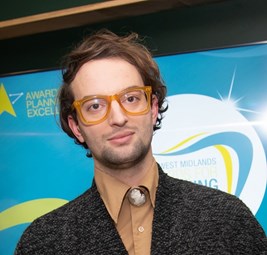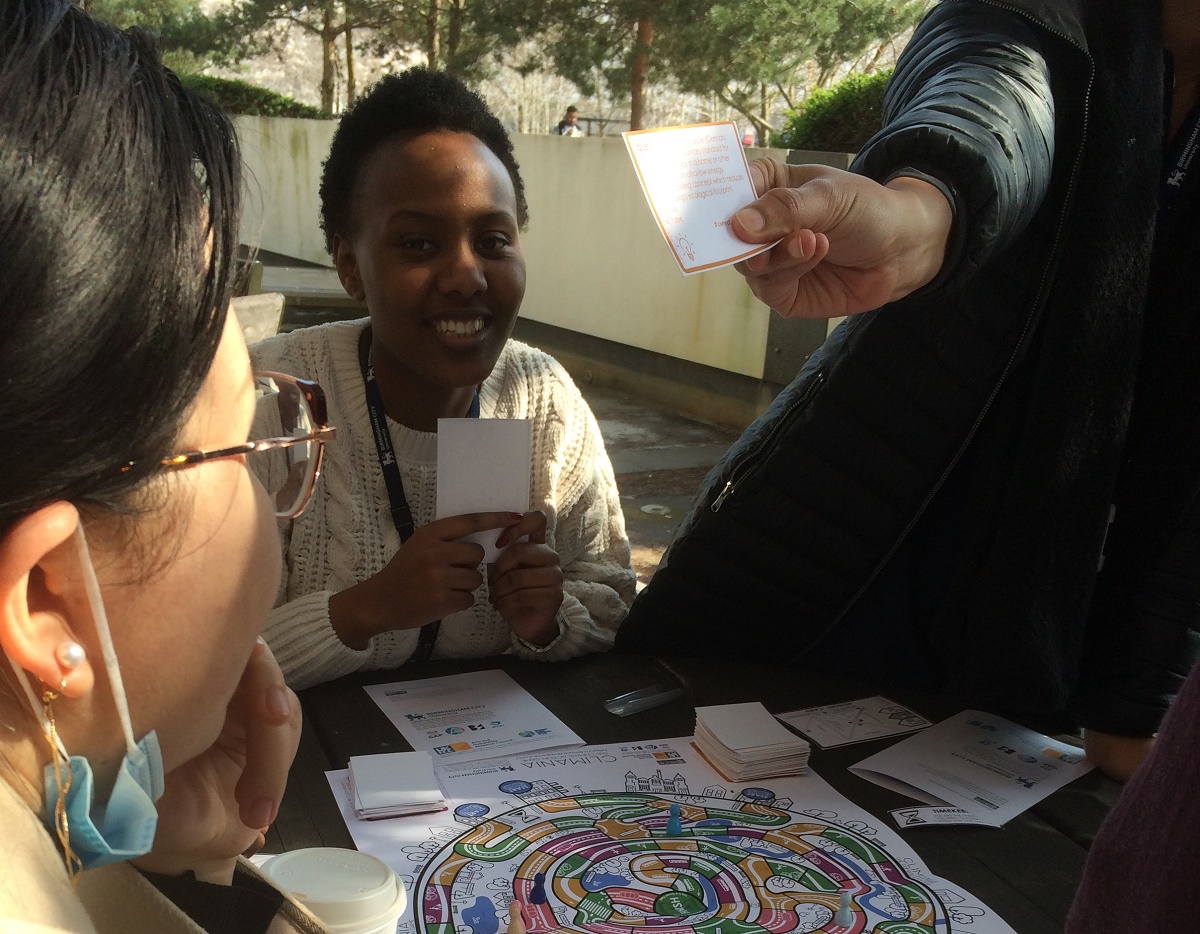 Simeon Shtebunaev is a Doctoral Researcher and Lecturer in Urban Planning, Birmingham City University, and RTPI West Midlands Young Planner of the Year 2021
Simeon Shtebunaev is a Doctoral Researcher and Lecturer in Urban Planning, Birmingham City University, and RTPI West Midlands Young Planner of the Year 2021
This article first appeared in the Autumn 2022 issue of RTPI West Midlands member magazine, Tripwire.
This year we are celebrating the European Year of Youth, an initiative launched by the European Union. My compatriot, Mariya Gabriel, the Commissioner for Innovation, Research, Culture, Education and Youth said it is ‘a recognition of the sacrifices that young people have made during the COVID-19 pandemic’. Closer to home, young people are "the missing voice" in the planning process as identified in the UK Government’s ‘Planning for the Future’ White Paper, begging the question: Do Young Planners consult young people in their day-to-day professional work?
Working with young people needs to start at home. That’s why I have been asking young adults (18-30) about their experience of Birmingham’s residential developments and post-pandemic recovery. “The Brum Youth’s City?!” project came about as a small grant by the Academy of Urbanism and involved a simple survey issued every year throughout the COVID pandemic. Over the past two years, the results have revealed a mixed picture of a demographic unable to step onto the housing ladder and dissatisfied with the space and design standards observed around the city. Unfortunately, the policy avenues to acknowledge their opinions are still lacking. One positive development in the last year has been the Birmingham’s Healthy City Planning Toolkit - a policy document which has taken the idea of child and youth-friendly development to heart. We need much more proactive engagement by local planning authority planners with this demographic.

Credit: Simeon Shtebunaev
Consulting young people requires proactivity but the rewards can be insights which we all miss out as planners who rarely live in the areas we plan. In years past, I taught at Broadway Academy in Perry Barr about smart cities, so when the opportunity arose to reply to the Perry Barr 2040 Vision consultation, I emailed my teacher contact and arranged a workshop with Year 10s.
Half an hour into the workshop it was crystal clear that, in an area where the average family consists of 5-6 intergenerational people, the proposed developments in the masterplan of 1-2 bed apartments were not serving the local community. The overwhelmingly non-white Year 10s were telling me that these are not housing developments serving their future – a future in which they want to take care of their children and their parents under the same roof. So, we submitted a formal response to the consultation. However, multi-generational living should have been a criterion baked into the original design brief if we are serious about preventing the displacement of local communities.
On a rainy Monday afternoon this April, I stood with an artist at the Edgbaston reservoir in Ladywood, a week before the revised Masterplan consultation was to be closed. In the space of two hours, we managed to speak with seventeen young people between the ages of 8 and 35! In the revised supplementary planning documents, young people were seen as users of the reservoir’s activities clubs – sailing, rowing, canoeing. But the stories we heard about were very different – the reservoir was a space where young people walked, skated, cycled, danced, reflected, fell in love and much more. None of these activities by that demographic were seen through the prism of the planning document as worth noting, let alone enhancing. We were there, present, on site, listening.
The common thread in both cases were the multi-ethnic, lower economic background, majority non-white areas where the reality on the ground did not match the plans the council was proposing. There is a serious question if we are discharging the Public Equality Duty correctly. In light of the RTPI’s CHANGE plan, Young Planners need much better training in engaging and considering all demographics. It bears repeating that “age” is one of the protected characteristics. Just because it is hard to pin down young people in a church hall at five o’clock doesn’t mean they are not interested in a consultation about their area.
We can try and engage young people creatively in the planning of our cities and, in the process, develop better understanding of the issues all of the community face. In the winter of 2021, we hunkered down at the GAP Arts Centre with artists, architects, planners, lots of samosas and thirteen teenagers (14-18) to develop CLIMANIA, the climate action game. This engagement tool is free to download and play and focuses on the needs of local communities to understand built environment issues in light of the climate crisis. Using the board game as a tool, we managed to engage a wide demographic of local people in the development, testing and disseminating of the project. Consultations need not be drab meetings around Styrofoam A1 boards or fancy sleek digital tools that cost money – you can play a game!

Teenagers developed the Climania, the climate action game. Credit: Claudia Carter, Birmingham City University
Learning from interdisciplinary and international examples is key. In early 2022, the Commonwealth Youth for Sustainable Urbanisation was launched - a network of interdisciplinary young people (15-35) across the Commonwealth aiming to support knowledge exchange, best practice, and policy development. It includes planners, architects, local government officials, engineers, academics, researchers, all working towards the same aim of delivering a better-connected Commonwealth where young people can be embedded in the decision-making processes that shape our built and natural environment.
Young people should not be the ‘missing voice’ in planning and engaging them does not have to be difficult or expensive –get out and talk to your peers, talk to the teenagers hanging around, talk to the twelve-year-olds cycling about and listen!


